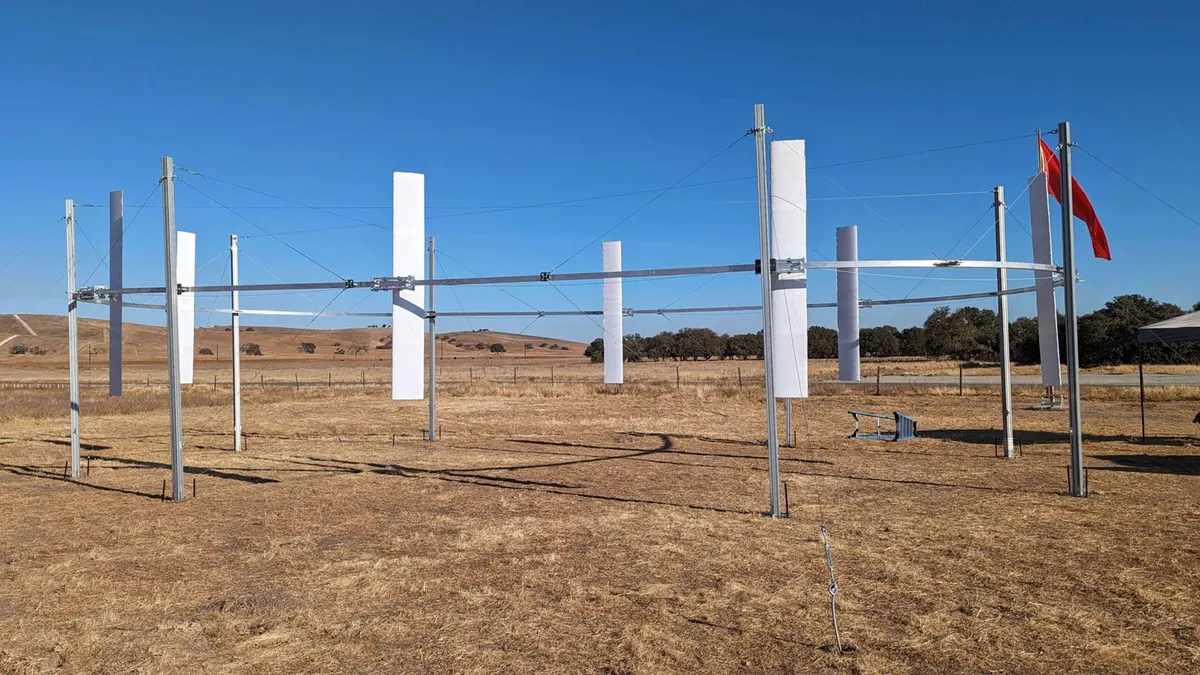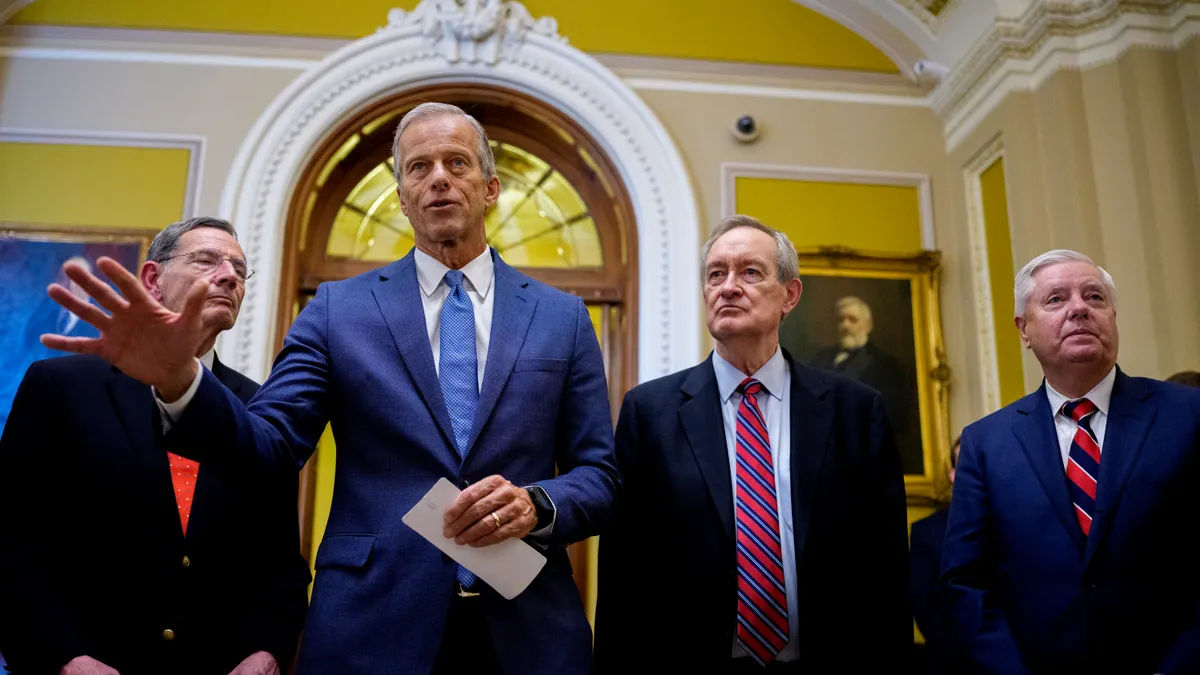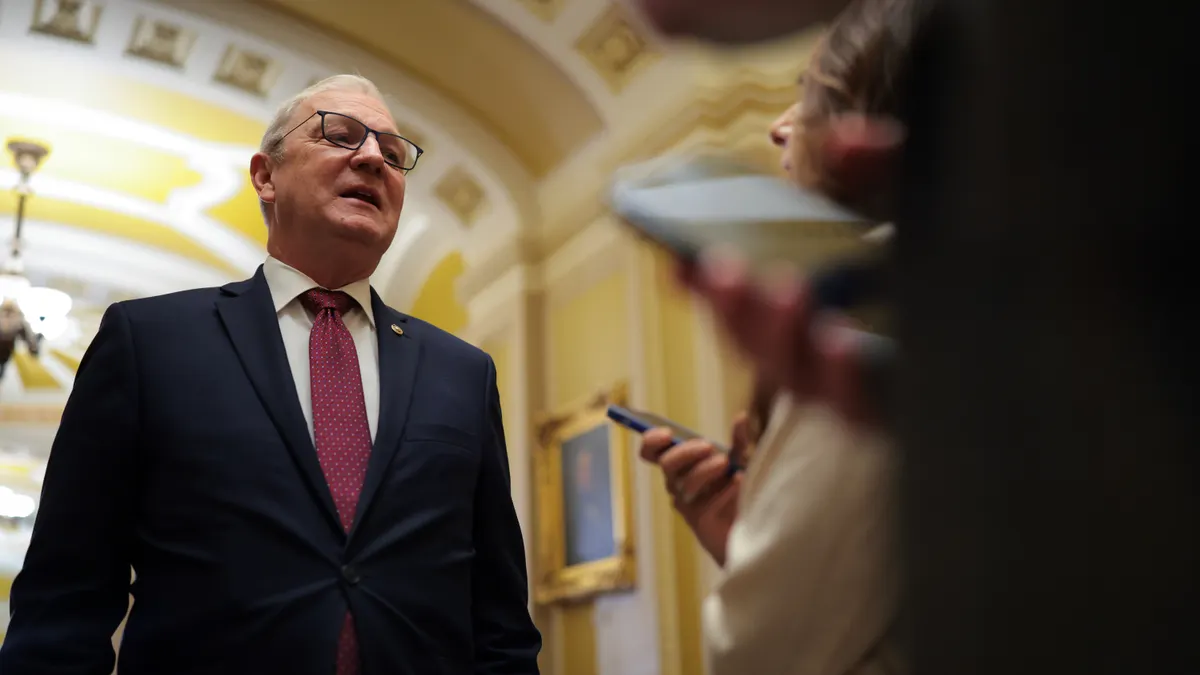The following is a contributed article by Arshad Mansoor, CEO of the Electric Power Research Institute.
On October 25, the United Nations' World Meteorological Organization reported greenhouse gas concentrations hit a new record in 2020, warning that the world was "way off track" in limiting rising temperatures. The annual report, issued less than a week before global leaders gather in Scotland for an international climate conference, found that concentrations of carbon dioxide, methane and nitrous oxide were above levels of the pre-industrial era. If countries are to achieve economywide net-zero emissions by 2050, it will mean significantly accelerating clean energy efforts.
The U.S. has pledged to reduce economywide greenhouse gas emissions in half from 2005 levels by 2030 and reach net-zero by 2050. Because many sectors of the economy — including transportation, buildings and industry — could largely reduce carbon emissions through electrification, the electric sector will play a crucial role in achieving the government's goals.
The electric sector has made some impressive early moves to reduce emissions, primarily driven by end-use efficiency and lower-emission generation, with natural gas and renewable-generated power replacing coal. As a result, the industry has reduced carbon emissions 33% since its peak in 2007 — double the rate of the wider economy — and now accounts for less than one-third of total U.S. energy-related CO2, according to the Energy Information Administration, the Energy Department's statistical arm.
The electric power sector's carbon reduction progress has been substantial, but in the race to reach net-zero emissions, every sector must cross the finish line to be successful.
The path to 2050 will involve building on what works today and developing new technologies to achieve the final 10% to 20% of carbon reduction. There is no one-size-fits-all approach, but a portfolio of solutions. An affordable and reliable clean energy transition depends on understanding regional differences and addressing a range of inherent technical and operational challenges along the way.
To overcome these challenges, the Electric Power Research Institute (EPRI), joined by the Gas Technology Institute, is accelerating and demonstrating low- and zero-carbon energy technologies through the Low-Carbon Resources Initiative (LCRI). This five-year, $125+ million initiative, launched in 2020, is targeting fundamental advances in low-carbon electric generation technologies and low-carbon energy carriers, providing scientific credibility and objectivity to the global decarbonization effort. This research and development will be instrumental to achieve economywide decarbonization by mid-century.
Since its launch, LCRI has been involved in numerous clean energy projects. For example, EPRI, in partnership with the New York Power Authority, General Electric and hydrogen supplier Airgas, has teamed up to test the viability of blending renewable hydrogen with natural gas for a portion of the fossil fuel combusted at the Brentwood Power Station in Long Island. The $8.5 million project, announced in July and scheduled to begin later this fall, is a first-in-the-nation study on how various renewable hydrogen blending levels may decrease carbon emissions at power plants without affecting reliability. If successful, the project could be used as a blueprint throughout New York — which aims to reduce emissions 85% below 1990 levels by 2050 — and the country, helping to further decarbonize the energy sector.
Low-carbon resources, such as hydrogen, advanced nuclear and carbon capture utilization and storage, will be essential to driving additional carbon reductions. Recognizing that this effort will only be successful if we enhance global collaboration, LCRI is working closely with industry, government and academic experts in the United States and across the globe.
While using low carbon resources will significantly help achieve net-zero emissions, we'll also need to ensure those power sources remain reliable and resilient in the event of a power failure, whether that's from power surges, adverse weather conditions or natural disasters. Clean energy does no good if it can't be used. In June, EPRI announced a new initiative to improve resource adequacy, bringing together grid operators, utilities, researchers and other key stakeholders to address climate resiliency efforts. We're working with these stakeholders to help them plan and incorporate extreme weather considerations into assessment and planning tools, and jointly plan resiliency improvements across communities and the associated energy systems, among other issues.
The detrimental effects of climate change don't discriminate. Halting its impacts and reaching net zero by 2050 starts with the energy sector leading collaborations to accelerate decarbonization, using all the tools available to us. Only then will we achieve a resilient, reliable, affordable and equitable clean energy economy.




















